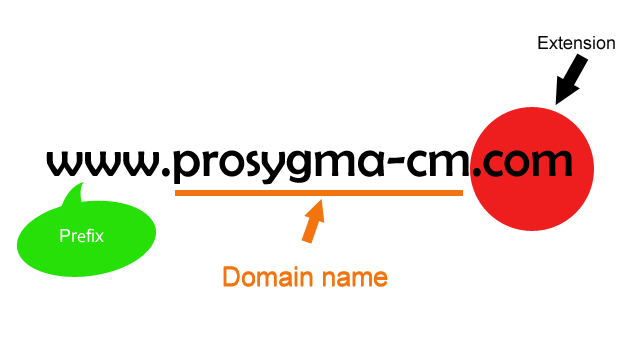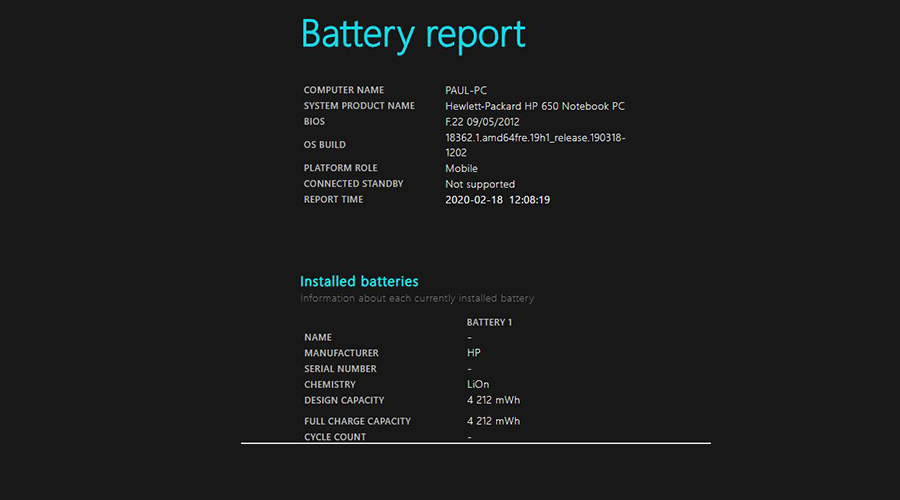
The arrival of Llama 3 and Meta AI puts Meta ahead of OpenAIÂ
After considerable anticipation, Meta introduces Llama 3 and Meta AI, an assistant designed in-house and based on Llama 3.
Llama 3 is available in two models capable of supporting a wide range of use cases. Its performance lives up to expectations, with improvements in reasoning, code generation and subsequent instructions.
To evaluate its performance, Meta used a set of 1,800 prompts covering 12 key use cases. The results show that Meta's Instruct version of Llama 3 8B significantly outperforms its competitors in all tests. As for Llama 3 70B Instruct, Meta's model also came out on top in most tests, surpassed by Google in only two cases.
Meta attributes its success to training on a dataset seven times larger than that used for Llama 2, also comprising four times as much code.
By integrating Meta AI into Facebook, Instagram, Messenger and WhatsApp, Meta aims to reach a global audience. Although this integration is currently limited to certain countries, Meta is working to extend its availability.
Meta attributes its success to training on a dataset seven times larger than the one used for Llama 2, also comprising four times as much code.
By integrating Meta AI into Facebook, Instagram, Messenger and WhatsApp, Meta aims to reach a global audience. Although this integration is currently limited to certain countries, Meta is working to extend its availability.
Meta AI enables users to perform various tasks and access real-time information, all without leaving the app. For example, it can help plan meals, revise for exams, or organize weekend activities.
In the coming months, Meta plans to introduce new features such as longer pop-ups, additional template sizes, languages and general performance in reasoning and coding.
By also offering image generation, Meta offers an enriched user experience. In short, with Meta AI, Meta takes a major step forward in the development of its applications, and competes effectively with OpenAI and its flagship tool, ChatGPT.
Source : L'Usine Digitale







